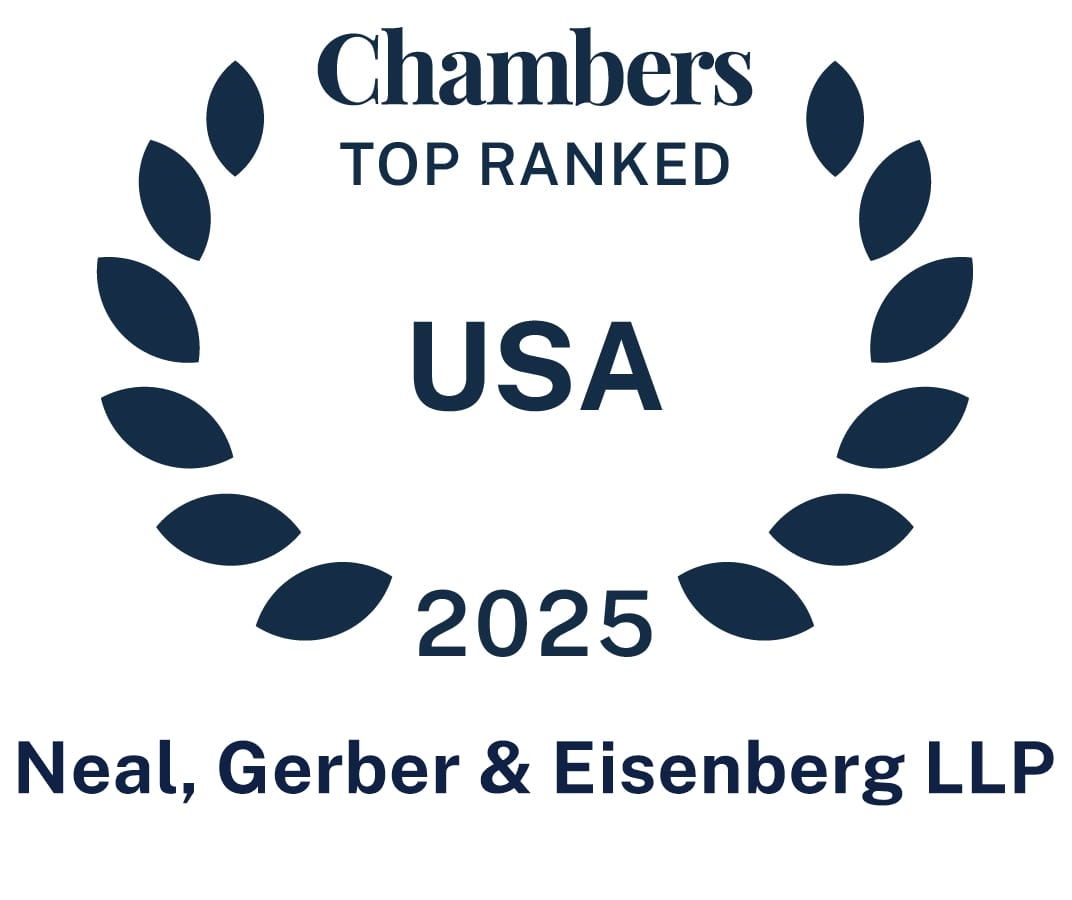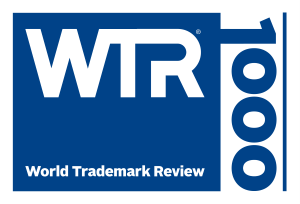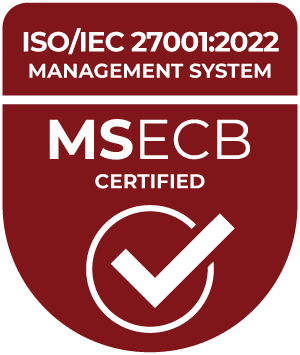The Federal Circuit recently held that the USPTO’s calculation of “applicant delays” related to Patent Term Adjustment (PTA) is contrary to the plain language of the PTA Statute.[1] The Federal Circuit held that the USPTO cannot deduct, as “applicant delay,” a period of time when the applicant “could have done nothing to advance prosecution.” In view of this decision, patent holders should review recently issued patents to determine whether a request for reconsideration of PTA is warranted.
PTA Statute and USPTO’s Determination of Applicant Delays
PTA extends the length of a U.S. patent’s term to compensate for certain delays by the U.S. Patent & Trademark Office (USPTO) during examination of the U.S. patent application. Under 35 U.S.C. § 154(b), a patent’s PTA is the sum of three categories of USPTO delays less certain overlap.[2] The statute also recognizes conduct by the Applicant may cause delay in the prosecution of the application, and accordingly Section 154(b)(2)(C) authorizes the USPTO to reduce the total amount of PTA by deducting the number of days that “the applicant failed to engage in reasonable efforts to conclude prosecution of the application.”[3]
The USPTO set forth regulations[4] detailing conduct by an applicant that warrant a reduction in PTA and the corresponding amount of the reduction. At issue in this case is 37 C.F.R. § 1.704(c)(8), which recites:
Submission of a supplemental reply or other paper, other than a supplemental reply or other paper expressly requested by the examiner, after a reply has been filed, in which case the period of adjustment set forth in §1.703 shall be reduced by the number of days, if any, beginning on the day after the date the initial reply was filed and ending on the date that the supplemental reply or other such paper was filed.
(emphasis added.)
Pursuant to this section, an Applicant will have failed to engage in reasonable efforts to conclude prosecution and incur “Applicant Delay” if the Applicant files any “supplemental reply or other paper” after filing an initial response but before the USPTO takes any further action on the pending application. The Applicant Delay begins the day after the Applicant’s initial response was filed, and ends on the date that the supplemental reply or other paper was filed. This is true regardless of whether the USPTO has acted in a timely manner, and regardless of when the information submitted in the supplemental reply becomes available to the Applicant (though 37 C.F.R. § 1.704(d)(1) provides a relatively short 30-day window to submit an information disclosure statement citing material that comes to light in a communication issued by a patent office in a parallel application).
The Federal Circuit found that the USPTO’s calculation of Applicant Delay was inconsistent with the PTA statute, which mandates that any reduction to the PTA should be “equal to the period of time during which the applicant fail[s] to engage in reasonable efforts to conclude prosecution of the application.” (emphasis added.)[5] In particular, the Federal Circuit concluded that the USPTO cannot count as applicant delay any period of time during which there were no efforts in which the Applicant could have engaged to conclude prosecution of the patent.
The PTA Deduction At Issue in Supernus Pharms. v. Iancu
Supernus Pharmaceuticals, Inc. (“Supernus”) filed U.S. Patent Application No. 11/412,100 (“the ’100 application”) on April 27, 2006, titled “Osmotic Drug Delivery System,” which ultimately issued as U.S. Patent No. 8,747,897 (“the ’897 patent”). On the same day that Supernus filed the ’100 application in the U.S., Supernus also filed a corresponding PCT, which ultimately gave rise to a European counterpart to the ’100 application at the European Patent Office (“EPO”).
During prosecution of the ’100 application, Supernus filed an initial response (a request for continued examination) on February 22, 2011. Nearly eighteen months later, on August 21, 2012, Supernus received a communication from the EPO in the counterpart European application. Supernus filed an information disclosure statement (IDS) disclosing the EPO Communication on November 29, 2012. The IDS is considered a “supplemental reply or other paper”[6] under 37 C.F.R. § 1.704(c)(8). Accordingly, the USPTO assessed 646 days of Applicant Delay for the period from February 22, 2011 to November 29, 2012 regardless of the fact that the paper necessitating the filing of the IDS (in this case the EPO Communication) was not in existence prior to August 21, 2012.
Supernus argued, and the Federal Circuit agreed, that there was nothing Supernus could have done to conclude prosecution during the first 546 days (i.e., from February 22, 2011 to August 21, 2012) of the 646 time period, because the EPO Communication had not yet issued.
The Federal Circuit explained that the PTA Statute imposes two limitations on the amount of time that the USPTO can deduct as Applicant Delay: (1) any reduction to PTA be equal to the period of time during which an applicant fails to engage in reasonable efforts to conclude prosecution, and (2) the reduction of the PTA is tied to the specific time period during which the applicant failed to engage in reasonable efforts to conclude prosecution. The Federal Circuit reasoned that PTA cannot be reduced by a period of time during which there is no identifiable effort in which the applicant could have engaged to conclude prosecution because such time would not be “equal to” and would instead exceed the time during which an applicant failed to engage in reasonable efforts.
Thus, in circumstances such as those found in Supernus, the USPTO’s interpretation of the statute unfairly penalized applicants, failed to incentivize applicants to avoid delay, and failed to protect applicants’ full patent terms. The Federal Circuit therefore reversed the district court decision, and remanded for further proceedings consistent with its opinion.
Implications
Since it is common practice to have co-pending foreign and domestic counterpart applications, applicants are often in the unenviable position of citing or cross-citing communications and/or prior art to the USPTO throughout prosecution of the U.S. application.
For pending applications, applicants should continue to be diligent in submitting prior art references identified in parallel, co-pending foreign and domestic applications soon after the applicant receives an office action citing such references, and preferably within the 30-day window set forth in 37 C.F.R. § 1.704(d)(1).
For recently issued patents, patent owners should consider reviewing the USPTO’s PTA calculation to identify whether time was deducted for allegedly failing to engage in reasonable efforts to conclude prosecution under 37 C.F.R. § 1.704(c)(8) and, if necessary, taking immediate action to request that the USPTO reconsider its PTA calculation. A patent owner can request reconsideration of PTA by petitioning the USPTO within two months of the issue date of the patent,[7] which is extendable by an additional five months.[8] A district court challenge to the PTA determination must be filed with the U.S. District Court for the Eastern District of Virginia within 180 days of the patent grant.
Should you have any questions concerning any of these issues, do not hesitate to contact Kevin O’Connor, Tanvi Patel, or another member of Neal Gerber Eisenberg’s Intellectual Property Group.












